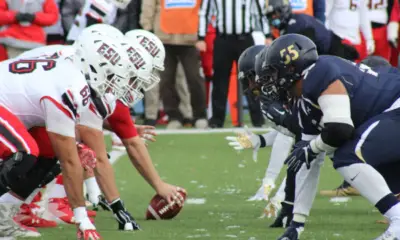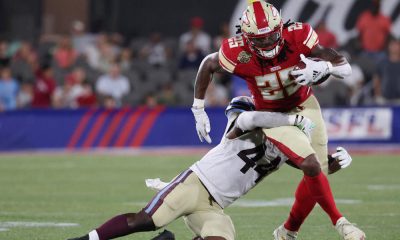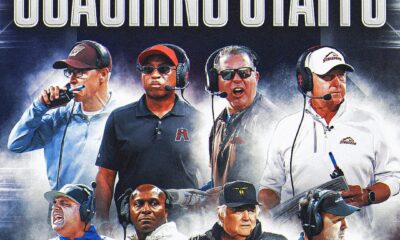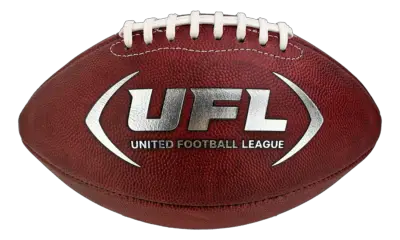Although many who are unfamiliar with the USFL could look at the Tampa Bay Bandits as a completely new franchise, that would be an incorrect assumption. Back in the 1980s, a team with the exact same name was part of the original USFL, and played a pivotal role in what the new squad looks like today. In honor of the USFL 2.0 kickoff this weekend, let’s look back at what the Bandits used to be almost 40 years ago.
To start, there are the people who made the operation possible. One of the most notable Bandits alumni is actually not a player, but a coach instead. Steve Spurrier got his first true opportunity to be a leader with Tampa in 1983, after spending many years as an offensive coordinator up to that point. At 37 years old, he was the youngest head coach in professional football. Once the Bandits folded in 1986 (more on that later), Spurrier never held a position less than the head coach for the rest of his career. He became most notable for his time with the Florida Gators (1990-2001) and South Carolina Gamecocks (2005-2015), eventually being inducted into the College Football Hall of Fame for his work.
The Bandits also produced two future NFL Pro Bowlers in Nate Newlon and Gary Anderson. Newlon was a guard who played in Tampa for the 1984 and 1985 seasons, eventually winning three Super Bowls with the Dallas Cowboys throughout the 1990s. Anderson, a running back, spent all three seasons with the Bandits before joining the San Diego Chargers. He eventually returned to Tampa as a member of the Buccaneers in 1990.
The Bandits always had regular season success, but struggled once the postseason came around. Over their three years of existence, Tampa Bay compiled a respectable 35-19 record, but went 0-2 in the playoffs. While the new installation of the team will look to change the narrative, there are still many “what ifs” surrounding how far the original squad could have gone.
Although the Bandits were one of the better teams in the USFL, it didn’t come without controversy. In 1985, the ownership group started to fall apart, with co-owner John Bassett being diagnosed with terminal brain cancer. Shortly after, another co-owner in Stephen Arky was charged with multiple counts of fraud, eventually becoming a leading reason for his suicide. The Bandits had always been one of the most financially stable franchises in the league, but this disappeared just as quickly as it had grown. By 1986, it was clear the USFL as a whole was struggling, and the entire operation was shut down. Again, the Bandits were an established team who acted as a role model of sorts, and the USFL would need them at full strength to continue functioning.
Overall, the Bandits’ past is not the easiest to dissect, nor is it the hardest. Ultimately, they were able to establish a great culture that other football teams could replicate in the years to come. The Bandits fanbase was known to be one of the strongest in all of football as well, and can hopefully carry over to the next generation.











